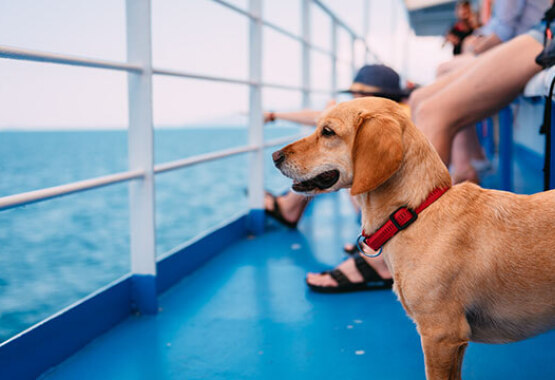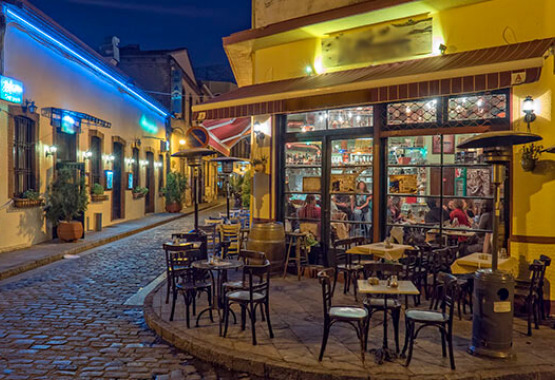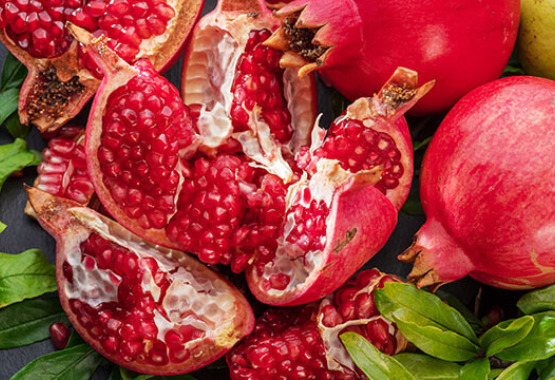Ecotourism
In the heart of Greek Nature
Greece is a land of unparalleled beauty and diversity. Although 80% of its terrain is mountainous or semi-mountainous, making it one of Europe’s hilliest countries, at the same time its coastline is approximately 16,000km in length of which 7,500km belong to the islands in the Greek archipelago. This gives it a rare geomorphological singularity, the like of which cannot be found in the whole of continental Europe.
Approximately 50,000 species of animals live in Greece. This huge wealth of wildlife is unmatched in Europe and is due to the rugged terrain which has created different ecosystems, even though the distance separating them may be small. The numerous caves, exceeding 10,000, are all separate habitats, each with different biodiversity. Gorges and ravines, age-old forests, lakeside areas, fertile river deltas, inaccessible mountains create innumerable cradles of life. About 700 species of animals and over 900 species of plants are protected due to their rarity and the crucial role they play in the natural environment.
Water, a source of life
Greece’s important wetlands are protected by the Ramsar Convention; these include the Messolonghi lagoon, the Small Prespa Lake, the Ismarida Lake and Thracian lagoon complex, Lake Kerkini, the Axios River Delta and many other blissful locations, where the traveller can admire a multitude of rare or endemic birds, fish and amphibians living in harmony in their breathtaking surroundings. The experience of observing aquatic life brings a deep sense of peace and ultimately self-knowledge.
Preserved Natural Monuments
There are fifteen areas in Greece listed as Preserved Natural Monuments. These include the Cedar forest in Kynouria, the primeval forest in central Rodopi, the aquatic plant forest in Evia, the petrified forest of Lesvos, the broadleaf evergreen forest on the island of Sapientza in Messinia, incredibly beautiful places that capture people’s senses. The forest of Lailias in Serres, Kefalanthiro in Heraklion, Crete, with its rare orchids, the beech forest in Pella, are must-visit destinations and a chance to see Nature’s life-giving power along exceptionally beautiful trails.
Certain solitary age-old trees have also been listed as Preserved Natural Monuments, including the Oak of Doryza in Arcadia, the olive tree of Nafplio, the old plane-tree in Halkidiki and many more, which are worth a visit if only to see them at close range and hear the ceaseless age-long rustling of their leaves. Preserved Natural Monuments in Greece also include the large national parks and “aesthetic forests” i.e. natural forests of great significance and biodiversity, such as Mount Olympus, Samaria Gorge, Mount Parnassos, the suburban forest in Ioannina and numerous other unspoilt locations. Many areas are protected by the Barcelona Convention and constitute important natural capital. Amongst them, the Sounion National Park in Attica, the “aesthetic forest” on the island of Skiathos, the Nikopolis-Mytika forest. In addition, many National Parks have been listed as areas of biogenetic reserves, such as Aimos National Park, the forest at Kouri Almyros, the beech forest at Chaidou, the Samaria Gorge National Park. Particular mention must be made to Mount Athos Peninsula, which has been listed in its entirety as a World Heritage Monument, both because of its unrivalled natural landscape, as well as the spiritual dimension of its monastic state.
Bird flight and song
Greece is the home to over 450 species of birds and more than half of them are endemic. Aquatic populations and mountain emperors, like the booted eagle, make up a variety unique the world over. As recently as 2011, in the forest of Kaisariani on the outskirts of Athens, members of the Hellenic Ornithological Society discovered a representative of the species known as Pallas’s Warbler (Phylloscopus proregulus), which is exceptionally rare in southern Europe. Such ‘encounters’ are the dream of every wildlife follower.
In Greece many bird observatories are in operation both in aquatic as well as in mountain shelters. Nature lovers gaze in wonder at the flight and wisdom of these proud earthly residents, “armed” only with a camera and their love for the natural physical world.
Silent flight
Greece is a paradise for butterflies, their graceful multicoloured flight being a part of life itself. The ancient Greeks were so fascinated by these Lepidoptera that they called them "souls" as they believed them to be actual souls enjoying their freedom. 236 species of butterflies have officially been recognized in Greece, a very large number in relation to the size of the country. Many species, about fifty, live only in Greece, such as Kretania Psylorita, that lives on Mount Psiloritis, Polymatus Menelaus which can be found only on Mount Taygetus, and many others. Wondrous populations with iridescent, deep blue wings sojourn at Gria Vathra waterfalls, in Samothrace while other exotic red ones await the hiker in the Kynouria gorges. Each corner of Greece is home to these exquisite "souls" whose sole intention seems to be to lend colour to the world!





